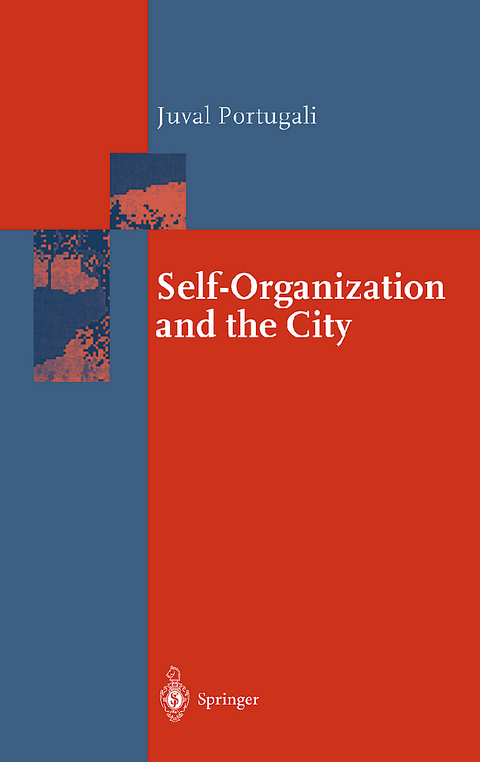
Self-Organization and the City
Springer Berlin (Verlag)
978-3-642-08481-2 (ISBN)
I On Cities and Urbanism.- 1. Cities as Concepts.- 2. Prototype Urbanisms.- 3. Self-Organizing Cities.- II City Games.- 4. Free Agents in a Cellular Space.- 5. City: The Greens and the Blues.- 6. International Migration and the Internal Structure of Cities.- 7. Spatial Cognitive Dissonance and Socio-spatial Emergence in a Self-Organizing City.- 8. Individuals' Cultural Code and Residential Self-Organization in the City.- 9. From CA- to GIS-City.- 10. Internal Complexity and Socio-spatial Segregation of Groups in a Self-Organizing City.- III Self-Organizing Planning.- 11. Planning the Unplannable: Self-Organization and City Planning.- 12. Artificial Planning Experience.- IV Synergetic Cities.- 13. Synergetic Cities I: The Pattern Recognition Approach.- 14. Synergetic Cities II: Pattern Recognition, Cognitive Mapping and Decision-Making.- V Self-Organization and Urban Revolutions.- 15. Self-Organization and Urban Revolutions.- Concluding Notes: Self-Organizing Cities at the Gate of the 21st Century.
From the reviews
"The author and his associates (...) are to be congratulated on such a sustained and convincing tour de force. This book succintly and succesfully discusses urban process and urban revolution, the utility of heuristic models in studying social, economic, and cultural segregation in cities, and the development of synergetic theories of cities and city planning. (...) it deserves the very widest readership in urban planning and beyond." (Environment and Planning B, 2001)
| Erscheint lt. Verlag | 1.12.2010 |
|---|---|
| Reihe/Serie | Springer Series in Synergetics |
| Mitarbeit |
Assistent: I. Benenson, I. Omer, N. Alfasi |
| Vorwort | H. Haken |
| Zusatzinfo | XVII, 352 p. |
| Verlagsort | Berlin |
| Sprache | englisch |
| Maße | 155 x 235 mm |
| Gewicht | 592 g |
| Themenwelt | Mathematik / Informatik ► Informatik ► Theorie / Studium |
| Naturwissenschaften ► Physik / Astronomie ► Astronomie / Astrophysik | |
| Naturwissenschaften ► Physik / Astronomie ► Theoretische Physik | |
| Naturwissenschaften ► Physik / Astronomie ► Thermodynamik | |
| Schlagworte | Cellular modeling • Computer Science • Geography • Landscape/Regional and Urban Planning • Segregation • Sociology • Urban Architecture |
| ISBN-10 | 3-642-08481-8 / 3642084818 |
| ISBN-13 | 978-3-642-08481-2 / 9783642084812 |
| Zustand | Neuware |
| Haben Sie eine Frage zum Produkt? |
aus dem Bereich


